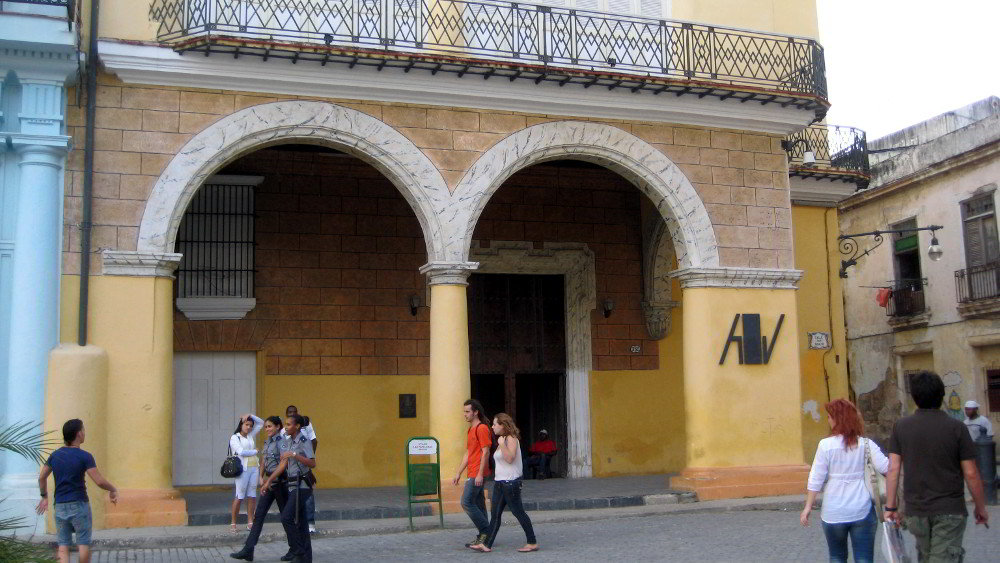
This post is inspired by the possibility that many more people will be able to visit Cuba given the numerous discussions currently taking place.
Ever wonder about the people who lived in the old palaces and houses of Old Havana? Before the graceful buildings collapsed into multifamily dwellings called casas de vecindad, before some were refurbished and transformed into hotels, museum and restaurants – even into shops like Benetton?
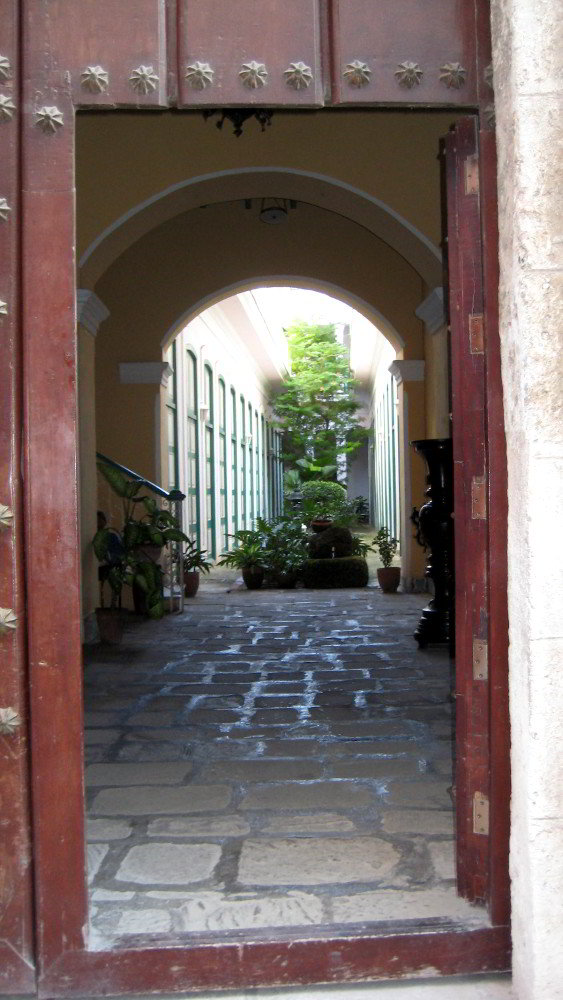
Did you even imagine that Cuba’s old colonial aristocracy actually lived in Havana, as opposed to the many absentee owners in the British Caribbean? The Cuban creoles spent fortunes on their Havana homes, and rather less on their rural dwellings, preferring their urban base. There are no real plantation style “great houses” like those still found in Jamaica. Instead old Havana is filled with houses featuring oversized doors large enough for a carriage to drive through, shady central courtyards encircled by wide galleries and elegant turned wooden grilles in the windows. These Cuban-born creoles kept their ties with Spain until independence in 1898, all the while nurturing a growing sense of a Cuban nationality.
Not the usual popular concept featuring rum, sun, salsa and revolution or Cuban exiles and pre-1959 mob-owned casinos.
Imagine instead a world where bewigged and powdered aristocrats strutted into their palaces or were driven down the narrow streets by their liveried caleseros (coachmen) in huge-wheeled carriages. A city where sixteenth-century pirates pillaged the newly established town, the unmarried daughters of the well-to-do languished behind convent walls, and church bells marked the passing of the day, as religious processions wound their way from one plaza to another. Street sellers called out their wares and militia battalions consisting of white, free blacks or mixed raced soldiers and officers marched through the streets. All of this might seem unbelievable, but was all very real. Indeed, this now-forgotten world is crucial to understanding Cuba’s complex, and sometimes tragic story.
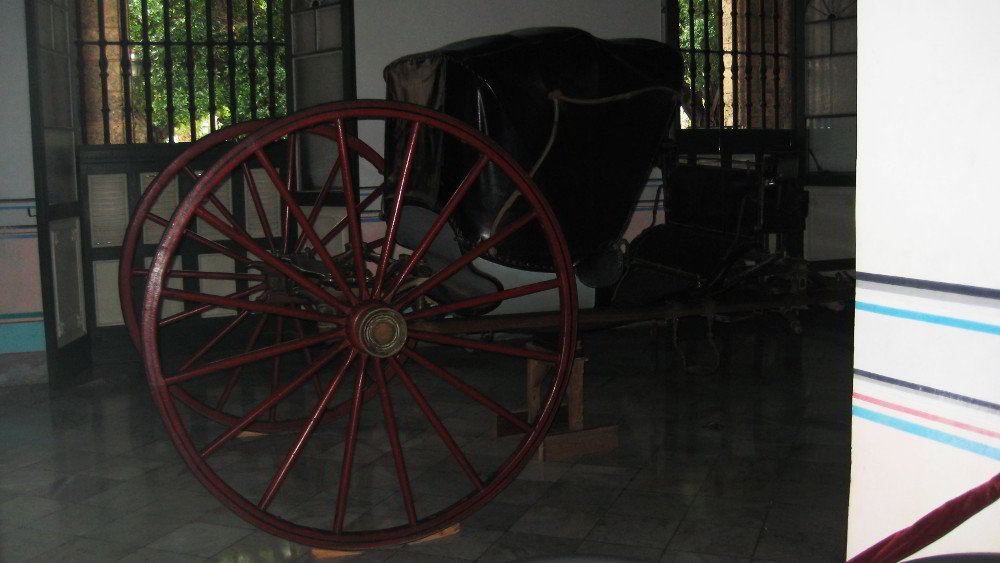
Welcome to the world of La Belle Créole – from 1789 to 1852, an era which saw an enormous transformation in Cuban society from a colonial backwater to the sugar powerhouse of the nineteenth century. To even begin to comprehend Mercedes’ story and how this sugar-dominated transformation occurred (with all its ramifications on society, including the increase in slavery), it’s crucial to go back to the earliest days.
That’s what I had to do to understand Mercedes’ family, their position, motivation and why this daughter of Havana ended up first in war-torn Napoleonic Spain and eventually in French exile. As a Cuban-American, I thought I knew Cuban history, but like many others, the colonial era simply centered on 1898 and the Spanish-American War. “Old” Cuba meant pre-1959. It was a revelation to discover the history of Havana: the people, the buildings, and the streets – even its role within the Spanish Empire. Luckily for me, it seems that Cubans have been fascinated by their own story for quite some time. As early as 1857, José María de la Torre wrote a book whose title roughly translates as “Who we were and who we are, or Havana old and modern.” In his book, de la Torre minutely recorded – street by street – all the known history of the houses located within the old city walls. Gossip, chit-chat and facts mixed together and brought those long-gone inhabitants to life.
Slowly, the story emerged: from the first settlement comprised of one street clinging to the edge of the naturally-protected harbor to the ornate doorways, carved in Spain and shipped across the ocean, which still decorate exquisite houses like the Casa de la Obra Pía. There is even a book by the late architect Joaquín Weiss dedicated to these wonderful old doorways – some now vanished or moved. Old family names spilled out from the archives, and with them the legends and stories from Havana’s past. These families, indeed all Cubans, served the Spanish king; all power and privileges came from Madrid. That’s why Mercedes’ parents so desperately wanted to travel to Spain almost from the moment of their marriage in1786. But over time, the increased wealth combined with Spain’s often heavy-handed rule saw the rise of a Cuban national identity. Mercedes always spoke of her Cuban homeland, even if some in France envisioned her as a Spaniard. Despite the decades of exile, Mercedes was always a daughter of Havana. She wrote in her dedication to her Viaje a La Habana, that her writing
breathes a love for our race, for our unrivalled climate, for our blessed land and for our cherished traditions. France, my adopted mother, has not changed anything, in no way has diminished my ardent affection for my country…. Daughter of Havana, I feel happy to let Spain know the needs and resources if its colony….”
So if you go to Cuba – if the travel restrictions on Americans change or whatever the political climate is – take a look at the Havana chapters of La Belle Créole. The opening chapter, Havana: A City of Sea and Light takes you to the eighteenth-century town and back to the beginning, while the chapters concerning her return visits in the 1840s bring you to the transformed sugar world and introduce the first glimmers of a separate Cuban identity.
Mercedes’ description of her beloved city rings as true today as any modern-day guidebook:
these narrow street with their low built houses, wooden balconies and open windows with wooden grilles; these immaculate rooms, so full of light, so cheerful, where one finds the quitrín, the national carriage; … these salons so cool and elegant; …and at the back of the patio, garlanded in flowers; [sits] the fountain, whose cool and clean splashes rain over the petals of the pitahaya and the volador…”
Everywhere you go, there are hints and echoes of Mercedes’ story. Stand in front of the present-day hotel Palacio de los Marqueses de San Felipe y Santiago on the Plaza de San Francisco and you will see the house where Mercedes’ father hosted his extravagant parties and where he died. It was in this house that the celebrated auctions of his personal possessions took place with the citizens of Havana casually picking their way through his cut crystal glasses and monogrammed dinner plates.
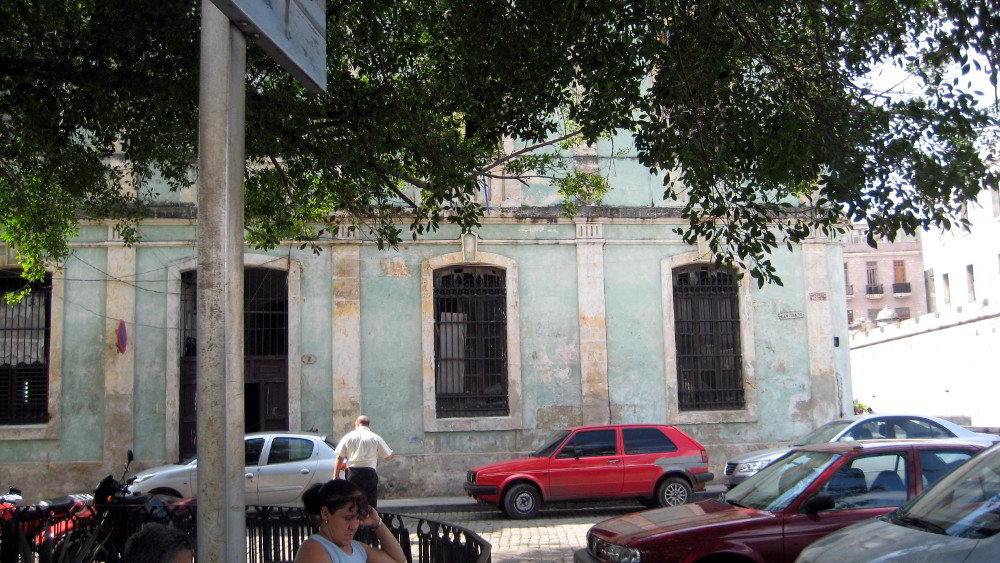
At the corner of Chacón and San Ignacio, an unpretentious blue painted house now sits where Mercedes lived for a time with her father. Imagine if you can nothing in front of it and the edge of the harbor sweeping in almost to its walls, so that long ago a little girl could hear the water lapping against it. The house next to it would have belonged to her father’s grandfather, Pedro Beltrán de Santa Cruz, and from there one of his daughters stole into a small fisherman’s boat and almost slipped out of the harbor and into the sea beyond El Morro. The little girl most likely became a nun and was one of Mercedes’ detested jailors in the Convent of Santa Clara many years later.
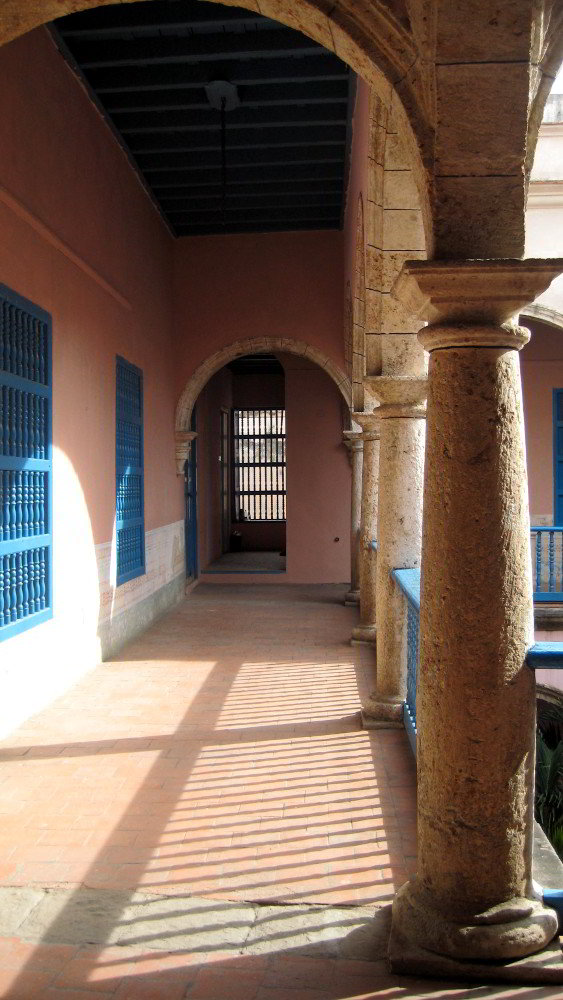
In the Plaza Vieja you will find the old Palacio of the Condes de San Juan de Jaruco, Mercedes’ father’s title. Picture there Joaquín’s tyrannical old great aunt vigilantly guarding her possessions while adding endless codicils to her will as she rewarded or punished family members. Was Joaquín rewarded or punished when he received a couple of crystal chandeliers and some paintings for his family chapel? Even the Spanish name for the chandeliers (arañas or spiders) conjures up an image of the difficult old countess. She ordered so many masses to be sung for her soul that some say there are still some being said in the old Havana churches.
Across the plaza, the house at the corner of San Ignacio and Teniente Rey belonged to Joaquin’s pious aunts, Las Beatas Cárdenas (the Blessed Cárdenas sisters) who reigned there until around 1830. Mercedes met them and recalled that one felt compelled to improve Mercedes spiritually after the young girl’s escape from the Santa Clara convent.
The Cuban author Cirilo Villaverde later set his famous dance scene from Cecilia Valdés in the very same house just after the death of the last Beata. In fact, page after page of Cecilia Valdés reads like a walking tour of Mercedes’ Havana. Close your eyes (like I did) and take yourself back into Havana circa 1830 and you can hear the cries of the coachmen for their masters’ carriages as guests spill out of the Beatas’ old home. Villaverde wrote:
One could hear the surnames of the most distinguished [families] of La Habana repeated mouth to mouth, like an escalating echo, by all the caleseros: Montalvo! yelled one voice and Montalvo! they repeated twenty times successively until it was lost in the distance or the particular coachman arrived, approaching with the carriage – in the process of which there occurred some crashes, not a few fights among the slaves… all accompanied by the crack of the driving whips, the noise of the wheels, some distant thunder…In the middle of all the din, there was no relief from the clamor of the caleseros for the names of their families: Peñalver! Cárdenas! O’Farrill! Fernandina! Arcos! Chacón! Calvo! Herrera!”
When you open your eyes finally, you might hesitate for a moment, confused as to whether you have come back to the present or remain trapped in a long ago tropical Havana evening.
Further Reading about Havana and Cuba:
Cuba A History: Hugh Thomas; Cecilia Valdés: Cirilo Villaverde; Havana: Autobiography of a City: Alfredo Estrada; Havana, History and Architecture of a Romantic City: Maria Luisa Lobo Montalvo; Viaje a la Habana, Mis Doce Primeros Años/Mes Douze Premières Années, Souvenirs et Mémoires : Mercedes Santa Cruz y Montalvo, Condesa de Merlin/Comtesse Merlin
Chère Alina, ayant lu avec le plus grand intérêt ta biographie ”La Belle Créole”, j’aime beaucoup ce complément de photos et commentaires sur La Habana